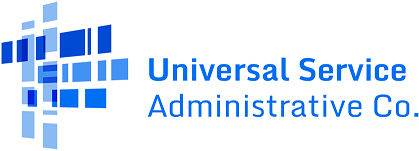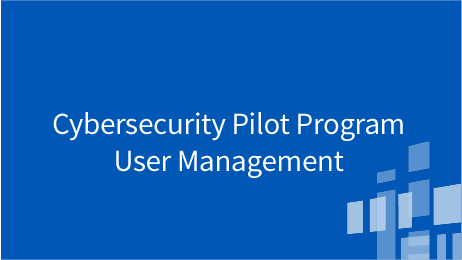Applicant Process
On January 16, 2025, the Federal Communications Commission (FCC) released a Public Notice announcing the participants selected for the Cybersecurity Pilot Program (Pilot or Pilot Program). In total, more than 700 schools, libraries, and consortia were selected to receive up to $200 million over a three-year period to purchase a variety of eligible cybersecurity services and equipment. In the Public Notice, the FCC noted that the application filing window to request funding for the Pilot Program using the Pilot FCC Form 471 will run from March 18 – September 15, 2025.
The Pilot Program is separate from the E-Rate program, but follows many of the same processes established in E-Rate program. For example, as in the E-Rate program, unless subject to a competitive bidding exemption, Pilot participants must conduct a fair and open competitive bidding process to solicit bids and request the cybersecurity services and equipment that they need. After Pilot participants complete the competitive bidding process and select a service provider, they may request Pilot Program funding using the Pilot FCC Form 471. Following review of the Pilot FCC Form(s) 471 and the submission of the Pilot FCC Form 484 Part 2, participants will receive a Funding Commitment Decision Letter (FCDL), approving, modifying, or denying each funding request submitted. Pilot Participants and service providers may start submitting requests for reimbursement from the Pilot Program as soon as they receive an FCDL from USAC and after they have received the eligible cybersecurity services and/or equipment.
We recommend you follow the steps below to get ready to participate in the Pilot Program.
Evaluate your school or library’s cybersecurity needs. Set goals and objectives for participation, identify risks the Pilot Program can help address, determine cybersecurity experience and expertise, identify designated cybersecurity officer or senior staff member, and catalogue services and equipment to be purchased.
Identify the services and equipment your school or library might need. The Pilot Eligible Services List (P-ESL) contains a non-exhaustive list of the types of services and equipment that are eligible for funding, including advanced/next generation firewalls, endpoint protection, identity protection, and authentication monitoring, detection, and response.
Obtain or confirm that the necessary registrations are up to date, including the FCC Registration Number (FCCRN), USAC Billed Entity Number (BEN), Unique Entity Identifier (UEI), and E-Rate Productivity Center (EPC) user registration. View the Navigate the E-Rate Productivity Center (EPC) tip sheet for more information about creating a new EPC user account, adding users to your account, and contacting the E-Rate Customer Service Center (CSC) in EPC. Watch the e-learning module at the bottom of this page to learn more about managing users in your EPC account.
Confirm your eligibility for payment, including FCC Red Light Status and U.S. Treasury Do Not Pay List.
Review other federal resources, including the Department of Homeland Security’s Cybersecurity & Infrastructure Security Agency, the Department of Education Cybersecurity Preparedness, and the FCC’s Cybersecurity Resource Recommendations Guide.
Letter of Agency (LOA)
If a participant is using a consultant or will be a part of consortium, they will need a letter of agency (LOA) stating that the specific consultant or consortium lead is authorized to act on its behalf in the Cybersecurity Pilot Program. An LOA demonstrates that the participant has authorized the identified person to act on its behalf, for example, by submitting Pilot FCC Form(s), responding to USAC’s questions, filing appeals, and conducting other activities related to the Pilot Program. An existing E-Rate LOA may be used if the LOA is broad enough to provide the person identified in the letter the authority to act on the participant’s behalf. The existing E-Rate LOA does not need to include the Pilot Program by name, but the authority to act should be broad enough to include the activities in the Pilot Program. If the authority is more narrow or limited, then a new LOA will be needed for the Pilot Program. The key is whether the LOA provides evidence that the identified person has the authority to act on the participant’s behalf for the Pilot Program. If there is no evidence that the identified person was authorized to act on the participant’s behalf in the Pilot Program, a new LOA will be needed.
During its review of Pilot Program participation, USAC may require copies of the LOA documentation that confirms an identified person’s authorization to act on a participant’s behalf.
User Management
Watch the video below to understand user permissions in the E-Rate Productivity Center (EPC) for the Schools and Libraries Cybersecurity Pilot Program application.

